Photographing Bush-mallows for Identification
A couple of the tricky things about bush-mallows is that the flowers all look pretty much identical from a strait-on view and the leaves can be really variable. This doesn't mean a photograph of them isn't useful, but I'm going to show you what will help most.
Most important, take a close-up side-view image of the flower. The calyx, bracts, and hairs are very important for ID. If the flowers aren't open, the buds can still be very useful. Here's a good example of Nuttall's bush-mallow (Malacothamnus fasciculatus var. nuttallii) showing the side view of a flower and bud:
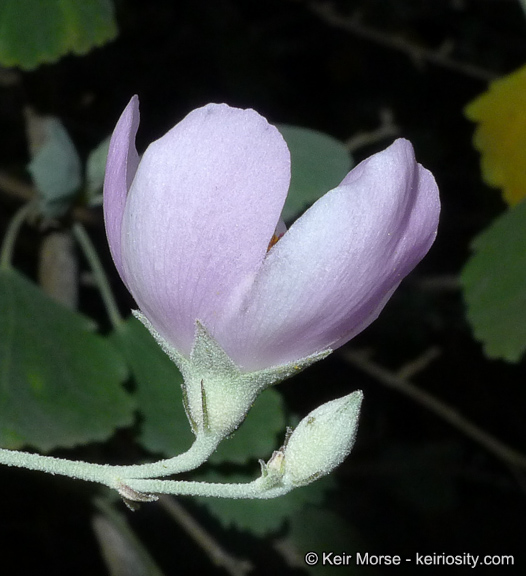
If the inflorescence is really dense, you can pull off an individual flower and just photograph that from the side. If you do this, try to get the three bracts just below the calyx. The length and shape of these compared to the calyx is very important. Here's and example of a many-flowered bush-mallow (Malacothamnus densiflorus) where I plucked off a flower for a better photo:
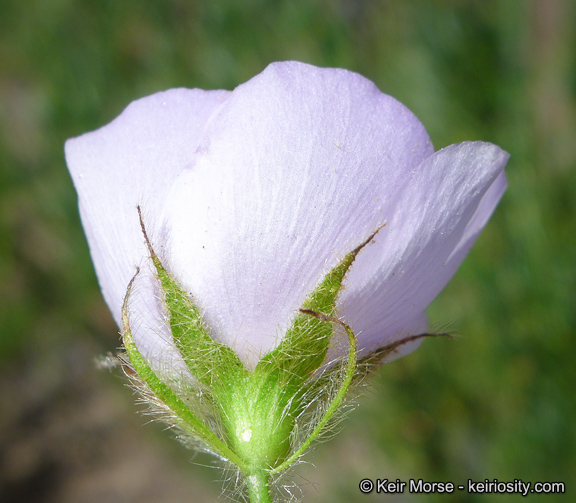
It's also good to have a photo of the whole inflorescence. Here's again Nuttall's bush-mallow:
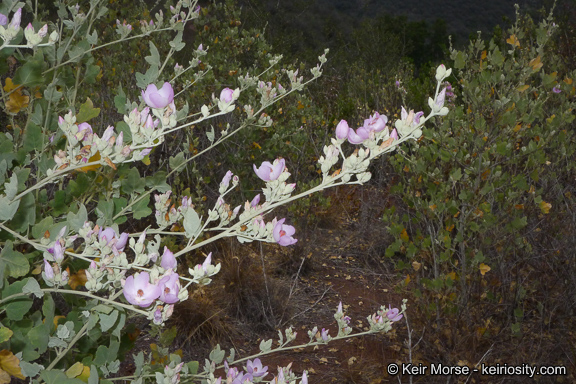
Stem hairs are extremely important. Hairs can vary along the stem based on the maturity of that area. If I only photograph one spot, I usually focus near the base of the inflorescence as that area is more consistent than the various maturities near the tip. Note in this photo how you can easily see the individual stem hairs on the left and not so much on the right:
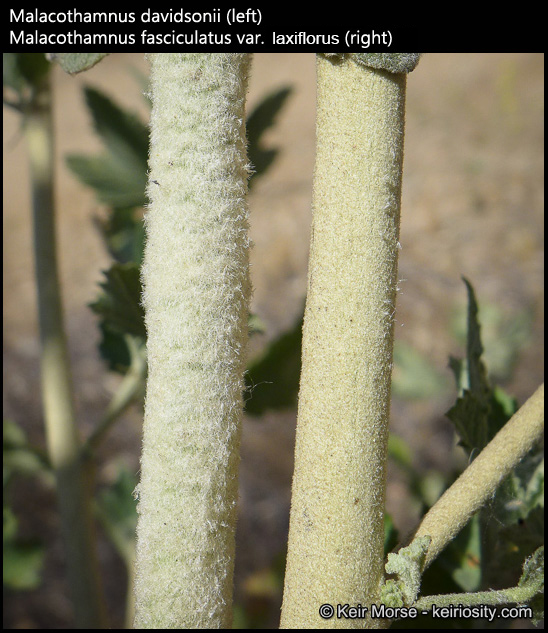
Glandular hairs are often very difficult to see and photograph, but are very important for differentiating some species/taxa. Note the thicker-based, yellow-green hairs in this photo of Arroyo Seco bush-mallow (Malacothamnus palmeri var. lucianus):
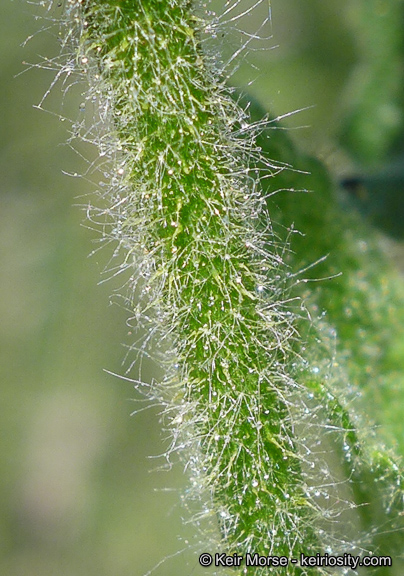
While they may not get you to the species by itself, leaves can certainly help. Color, hairs, shape, and difference between top and bottom can be helpful. Higher/immature leaves may look quite different from lower/mature leaves. Note in this photo of horehound bush-mallow (Malacothamnus marrubioides) I show both sides of the leaves:
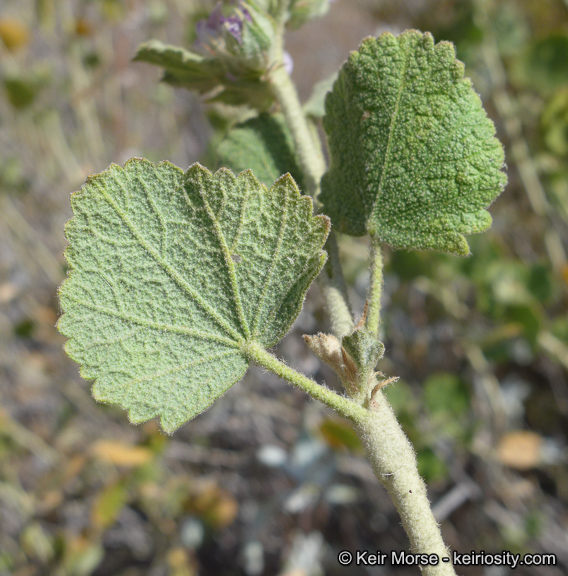
Recently I found that the way the flowers dry may be important for identification. Note in this photo of Heller's bush-mallow (Malacothamnus helleri) how the flowers are drying fairly open:
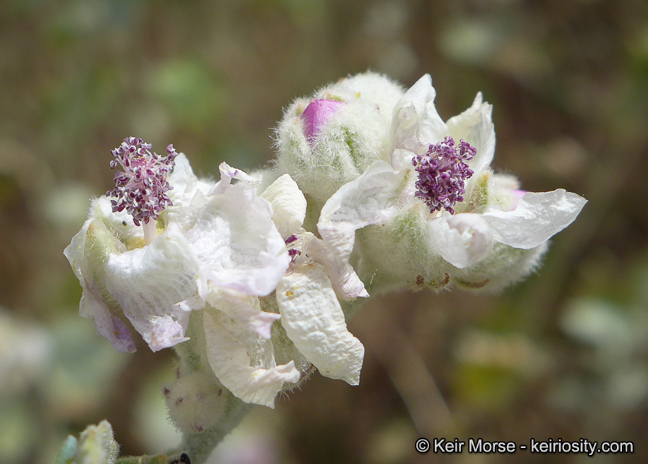
In this photo of arcuate bush-mallow (Malacothamnus arcuatus), you can see how the flowers are drying closed:
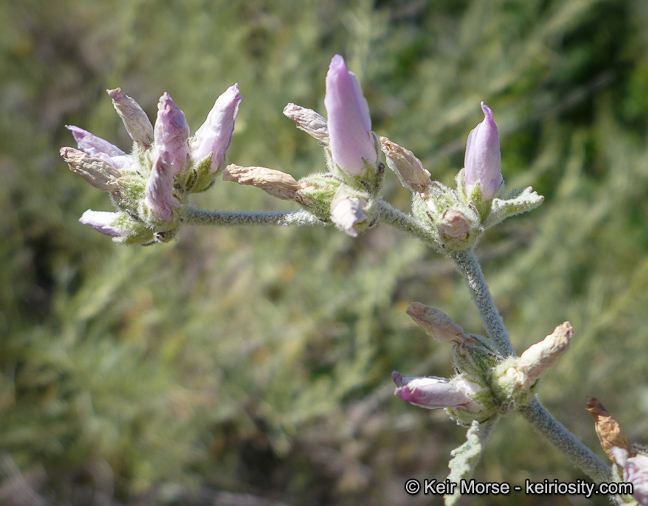
If you are in a desert transition area and all you have is fruit, take a photo of the carpels which will distinguish Malacothamnus from Sphaeralcea:
The more photos you take of different parts of the plant, the easier it is to identify. Good luck!





